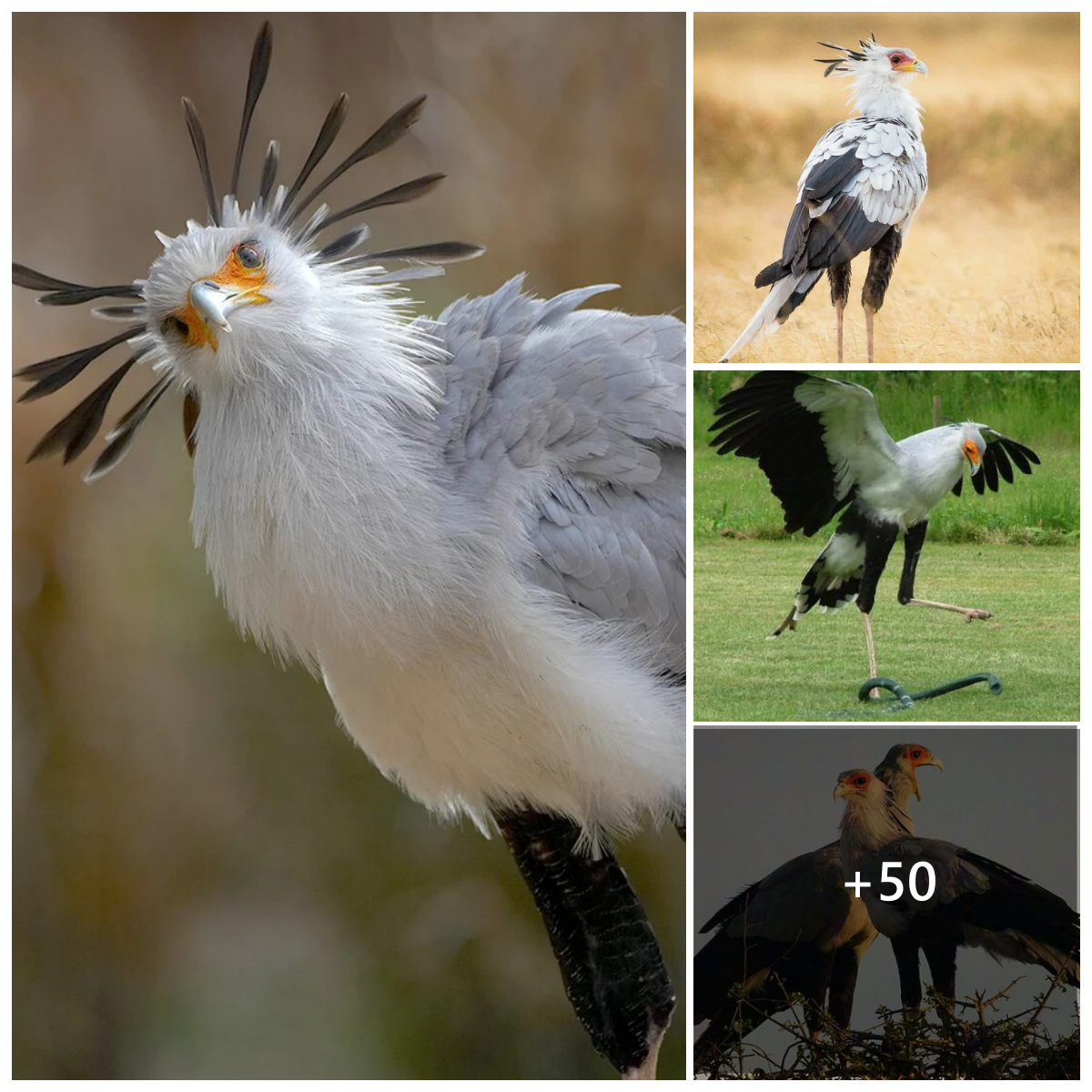
The Magnificent Hummingbird (Eugenes fulgens) is a breathtakingly beautiful bird that is native to the highlands of western North and Central America. It is a member of the Trochilidae family, which includes all hummingbird species. The Magnificent Hummingbird is known for its iridescent plumage, impressive size, and unique behaviors.
The Magnificent Hummingbird is easily recognizable with its vibrant green and blue plumage, a brilliant purple crown, and a long, forked tail. It has a wingspan of up to 8 inches and can weigh up to 9 grams. The Magnificent Hummingbird is a skilled aerial acrobat and is often seen hovering in mid-air while feeding on nectar from flowers.

The Magnificent Hummingbird is found in a variety of habitats, including pine and oak woodlands, scrublands, and cloud forests. It feeds primarily on nectar from flowers, which it drinks using its long, thin beak. It also supplements its diet with insects and spiders, which it catches using its sharp bill.

Despite its beauty and unique behaviors, the Magnificent Hummingbird faces a number of threats, including habitat loss, climate change, and competition with other hummingbird species. Conservation efforts are underway to protect this magnificent bird and its fragile ecosystems.

The Magnificent Hummingbird is a jewel of the highlands that has captured the hearts of many with its beauty and unique behaviors. Its presence in the pine and oak woodlands, scrublands, and cloud forests serves as a reminder of the incredible biodiversity of our planet and the importance of preserving it for future generations.





